During the past four decades the Model 200-series King Air and its predecessors have carved out an impressive niche in the demanding and increasingly competitive market that characterizes Special Mission aircraft
The term “Special Missions” had its origin as early as World War I and has evolved during the past 100 years to encompass a plethora of unique aerial applications, ranging from routine photographic reconnaissance of the battlefield to highly-classified surveillance and intelligence gathering operations. During the past 40 years more than 1,500 Beechcraft King Airs designed for Special Missions have been delivered to customers worldwide, according to Hawker Beechcraft Corporation.
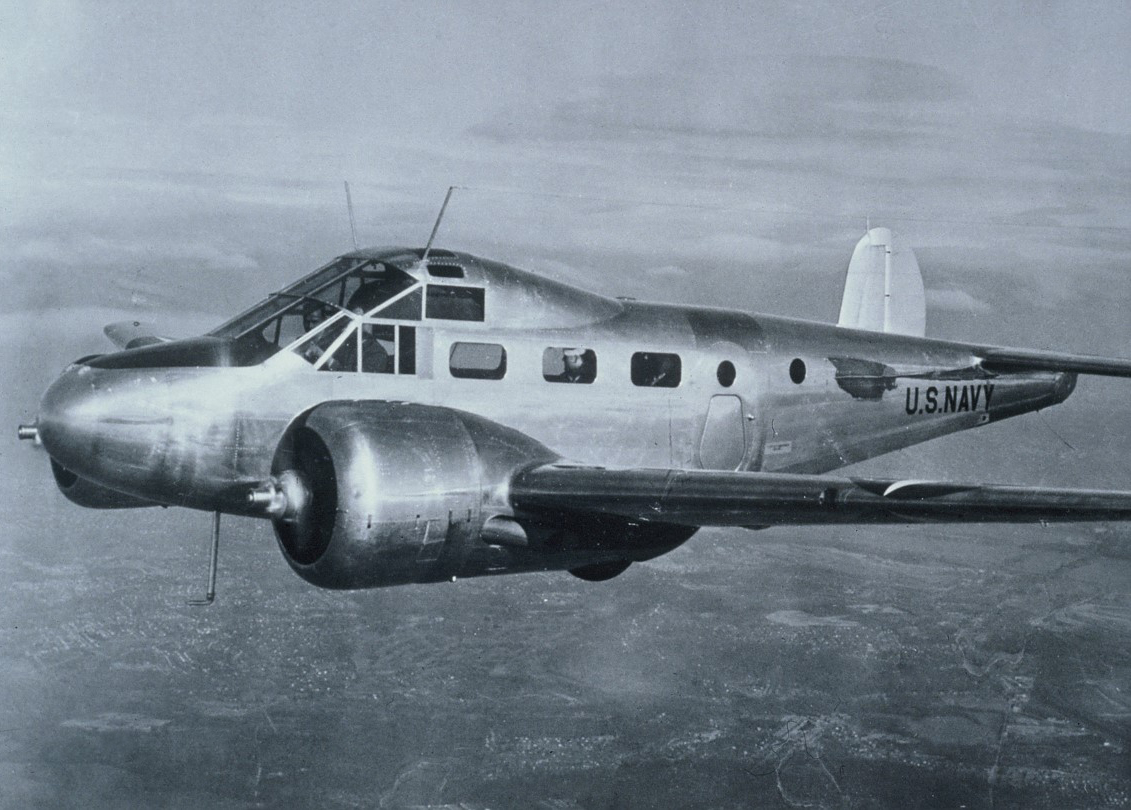
In terms of its Special Missions experience, in 1939 the Beech Aircraft Company was among the earliest providers of mission-specific airframes when it delivered the first of 14 twin-engine Model 18S to the U.S. Army Air Corps. Designed specifically for high-altitude photography and designated by the Air Corps as the F-2, these airplanes were modified versions of the “Twin-Beech” featuring specially-installed Fairchild aerial cameras capable of day/night photography, a special door that permitted side- or oblique-view exposures; a complete supplemental oxygen system for the crew, and Pratt & Whitney R-985-14 static, air-cooled radial engines. These Special Missions Beechcrafts routinely flew at altitudes of 25,000 feet and proved so successful that the Army eventually procured 56 F-2-series airplanes including the F-2A and F-2B.
Another example of the company’s Special Missions versatility was the Model 18R outfitted in 1939 as an aerial ambulance for the Swedish Royal Air Force. In 1940 the Republic of China, which was waging a bloody war for its survival against the Rising Sun of Imperial Japan, ordered six airplanes designated AT-18R. These airframes were equipped with external bomb racks, provision for fixed and flexible machine guns as well as a bombardier station in the nose section.
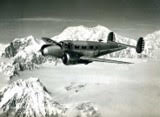
During World War II the Beech Aircraft Corporation manufactured other versions of the Model 18 to meet specific military training requirements ranging from multi-engine pilot training to instruction for bombardiers, navigators and aerial gunners. These included the AT-7, AT-11 and C/UC-45 for the Army Air Forces and the SNB series for the U.S. Navy. Of these, the Wichita, Kansas-based company delivered more than 1,500 of the versatile AT-11 to the Army. Operating chiefly in the sunny Southwestern U.S. where good flying weather prevailed, these trainers taught thousands of young men the fine points of precision bombardment. Those same young men would later put that knowledge to deadly use five miles above Hitler’s Third Reich and the Japanese Emperor’s homeland.
Beechcraft airplanes modified for military missions continued, albeit at a reduced pace, after the war. Beginning in the early 1950s with military modifications to the commercial Model 50 “Twin Bonanza” designated by the Army as the L-23D/RU-8D “Seminole,” these airframes were equipped with side-looking airborne radar (SLAR) for all-weather combat surveillance, whereas the later L-23/U-8D version carried the AN/UPD-1 surveillance radar under the fuselage. Another version, the L-23D, was fitted with advanced SLAR for battlefield intelligence.
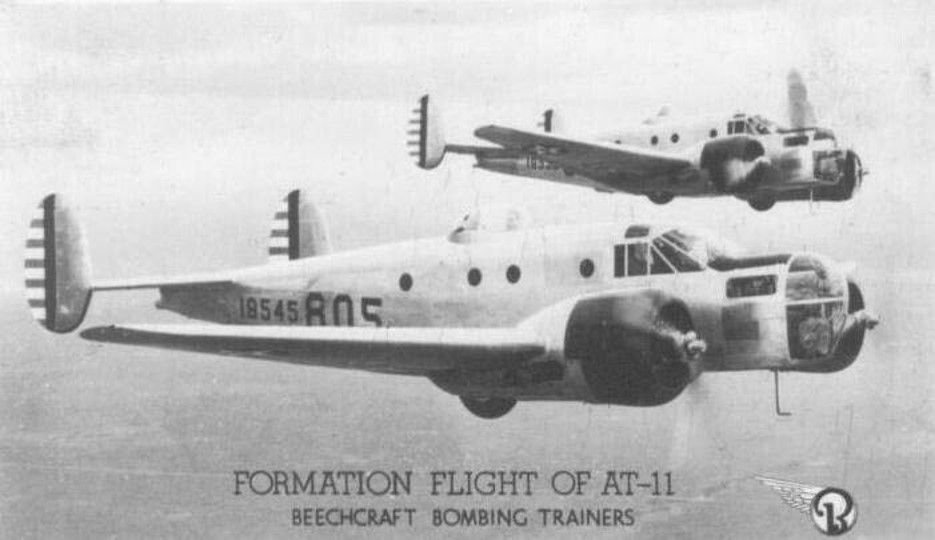
Moving forward to 1964, the advent of the Model 90 King Air opened new possibilities for the infant Special Missions market in part because of increased overall performance provided by its two Pratt & Whitney Canada PT6A-series turboprop engines. Realizing these advantages, in 1968 the U.S. Army ordered 14 Model A90-1 King Airs designated RU-21A and RU-21D for Special Missions applications, as well as the RU-21E (Model A90-4) configured with special wing-mounted antennae for “Guardrail” electronic countermeasures and communications operations. In addition, the Army acquired three early production Model 200 King Airs in 1974 that were converted to A100-1 configuration and equipped for “Guardrail” duties.
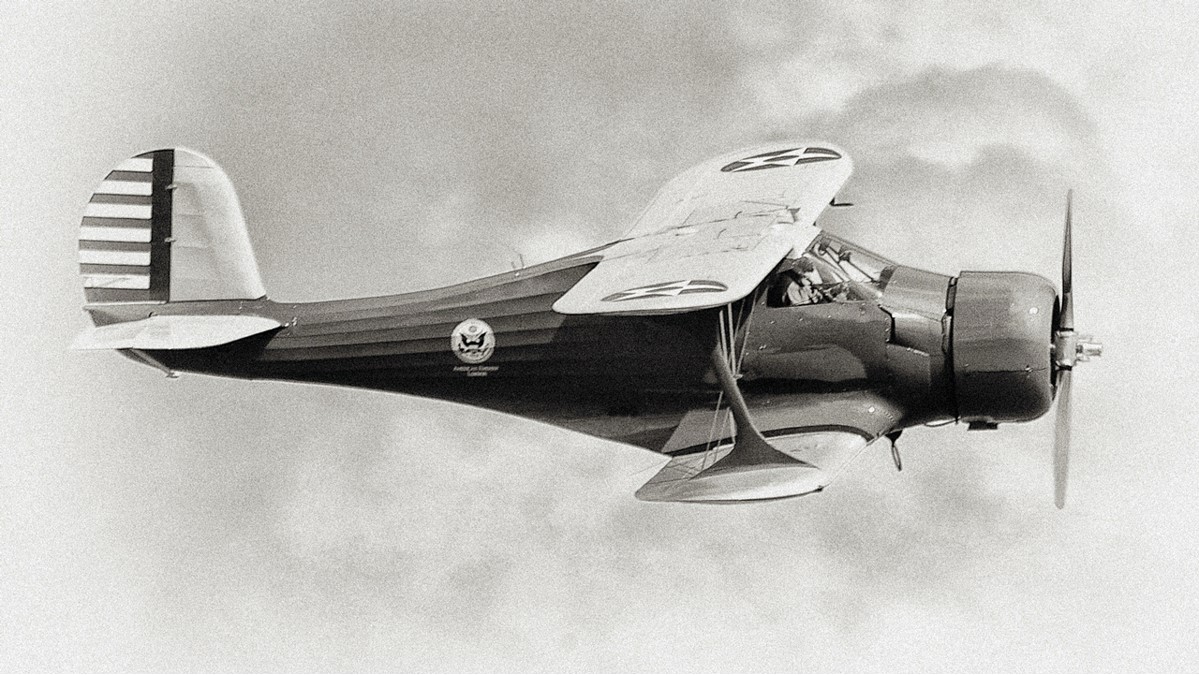
In the wake of the Model 200’s stellar success in the business aircraft marketplace, in the mid-1970s company officials recognized the airframe’s potential for commercial, governmental and Para-public Special Missions applications. As a result, in 1976 Model 200 constructor number (c/n) BB-186 was converted to the prototype Model 200T and given c/n BT-1. Designed for maritime patrol operations, the airplane was equipped with 50-gallon wing tip tanks to increase range but particularly endurance and loiter time. Special large, bulge-type observation windows were installed on both sides of the aft cabin and a powerful, surveillance radar designed to sweep the seascape was housed under the fuselage.
To complete the external transformation, a large fairing, also located beneath the fuselage cabin section accommodated various photographic and reconnaissance equipment. Further modifications were made inside the cabin and included consoles for electronic control and monitoring of the radar. The Model 200T was capable of remaining airborne for more than eight hours at recommended power settings that were optimized for loiter time. The company built 31 Model 200T King Airs across an 11-year period ending in 1987.
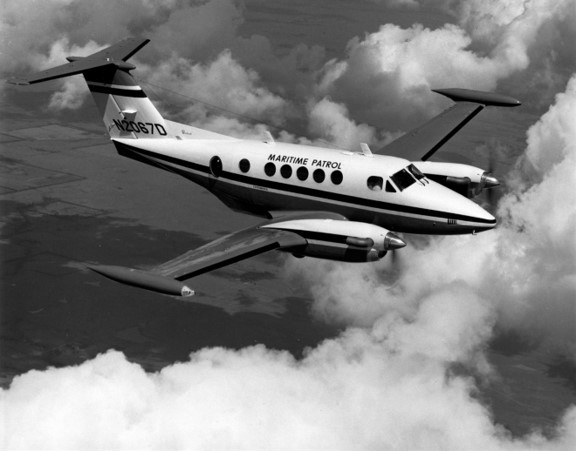
Since that time a large number of different commercial and military variations of the Model 200 series King Air have been developed to meet a staggering array of unique and classified surveillance and monitoring requirements. These airplanes serve a wide range of customers whose missions vary from coastal patrol to gathering intelligence on potential adversaries and terrorist organizations. Over the years the company has repeatedly refused to identify certain nations that operate these aircraft, chiefly for security reasons. It is known, however, that five FWC-12D airplanes were listed as Foreign Military Sales in 1983 to Israel, and that nation continues to employ sophisticated versions of Special Missions King Airs as an integral part of its Israeli Defense Force structure.
Throughout the late 1970s the Model 200 and its successor, the Model B200, continue to attract U.S. and foreign military sales for Special Missions applications ranging from VIP transport to intelligence gathering, monitoring and communications. The Army, Navy and the U.S. Air Force were repeat customers for the C-12 series that began in 1974 with the C-12A (Model A200), of which 34 were ordered by those services. Another 20 were built in 1975 followed by 32 in 1976 and 18 for the Army in 1977.
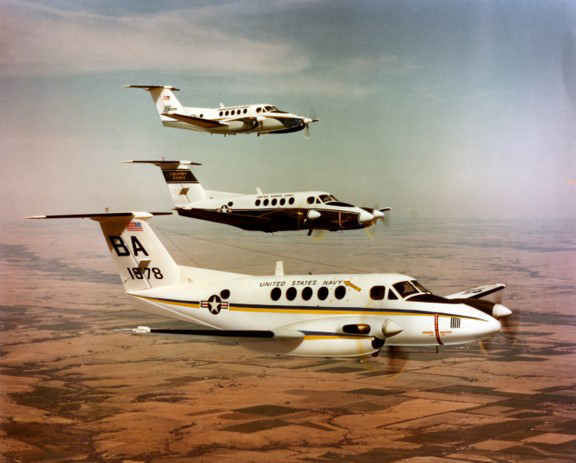
The final 20 C-12A transports were built in 1978 before that model was replaced by the C/UC-12B (Model A200C). The Navy acquired nine airplanes for personnel and light utility missions (also operated by the U.S. Marine Corps) that were facilitated by installation of a 52 inch x 52 inch cargo door shared with the commercial Model 200C King Air. The factory produced 66 UC-12B from 1979-1982. The Air Force ordered twelve UC-12F versions in 1986 that were similar to the UC-12B. Of these airplanes, c/n BU-11 and c/n BU-12 were specially modified for surveillance of firing range operations that were part of the Air Force’s “RANSAC” mission. In 1988 the company delivered six C-12J airplanes that were based on the commercial Model 1900C-1 originally developed for the 19-seat Commuter Airline market.
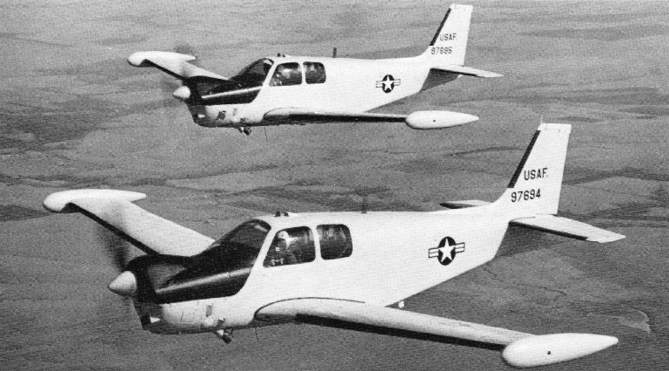
As for the future of Special Missions aircraft based on 2022’s global market perspective, rising demand for affordable surveillance platforms that can be acquired and operated more readily than unmanned aircraft systems is driving the market for turboprop-powered airframes. The King Air, and more specifically its military derivatives, is likely to maintain its popularity as a surveillance platform into the near future. The U.S. Army, for example, drew up plans to replace more than 100 of its aging C-12 aircraft and their various special mission configurations with a basic airframe platform that would have the potential to set the standard and become a leader in that market.

 Back
Back